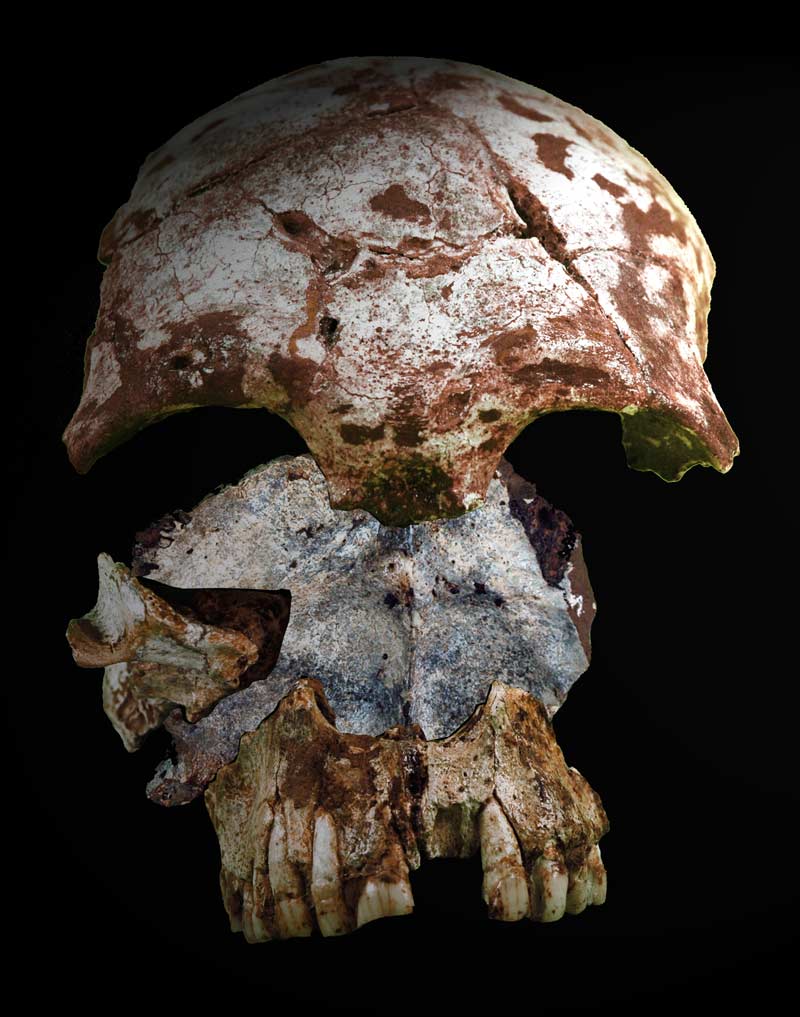
Our early human ancestors may have left Africa more recently than thought, between 62,000 and 95,000 years ago, suggests a new analysis of genetic material from fossil skeletons.
The new findings are in line with earlier estimates, but contradict a more recent study that put humans' first exodus from Africa least 200,000 years ago.
The new results "agree with what we know from archaeology," said study co-author Alissa Mittnik, a biologist at University of Tübingen, in Germany.
Hot debate
Exactly when the first humans emerged from Africa to colonize the world has been a topic of heated debate. [Photos: Our Closest Human Ancestor]
All of the estimates hinge on one number: the gene mutation rates. By knowing how often genes change, and then counting up the number of genetic differences between different species or groups of people, scientists can create a "molecular clock" to decipher how long ago they shared a common ancestor.
Early studies used genetic differences in mitochondrial DNA — genetic material inside the cells' energy-making structures that gets passed on from mother to child — between chimpanzees and humans.
Sign up for the Live Science daily newsletter now
Get the world’s most fascinating discoveries delivered straight to your inbox.
But since that technique is based on the number of mutations divided by the time since the two shared a common ancestor, it requires an estimate of when the common ancestor of chimpanzees and humans lived.
Newer research estimated the mutation rate in modern human families based on DNA from the nucleus, which involved another way of getting at the common ancestor timing. That method suggested humans were racking up genetic mutations at half the rate — meaning to reach the genetic differences we see today humans would've had to leave Africa more than 200,000 years ago.
Fossil DNA dated
But that didn't jive with archaeological and other evidence, Mittnik told LiveScience.
For instance, the slower mutation rates that were previously reported had several implications, including "much earlier dates for the separation of the lineages of chimps and humans, and of Neanderthals and Homo sapiens, and earlier dates for so-called "African Eve" and the exit of modern humans from Africa," Chris Stringer, an paleobiologist at the Natural History Museum in London, who was not involved in the study, wrote in an email.
It seems unlikely that all of those dates are wrong. To sort out the problem, the researchers extracted mitochondrial DNA from 11 ancient human fossil skeletons from Europe and Asia. Using radioactive carbon dating, the oldest was estimated to be 40,000 years old, while the most recent came from medieval times.
The team found a mutation rate suggesting that humans left Africa between 62,000 and 95,000 years ago.
Method questioned
The researchers estimate that in its effort to avoid false positives (mutations that weren't really mutations), the nuclear DNA method missed quite a few real mutations. That would lead to an underestimate of the mutation rate and a longer estimate for when humans left Africa, diverged from Neanderthals, and other things.
Right now, it's not clear which method is most reliable, Peter Visscher, a quantitative geneticist at the University of Queensland, who was not involved in the study, wrote in an email to LiveScience.
"This debate will continue a bit longer, but soon there is likely to be a consensus on what mutation rates are in the present, because there is so much sequencing being done around the world," Visscher wrote.
The findings were published today (March 21) in the journal Current Biology.
Follow Tia Ghose on Twitter @tiaghose. Follow LiveScience @livescience, Facebook & Google+. Original article on LiveScience.com.

Tia is the managing editor and was previously a senior writer for Live Science. Her work has appeared in Scientific American, Wired.com and other outlets. She holds a master's degree in bioengineering from the University of Washington, a graduate certificate in science writing from UC Santa Cruz and a bachelor's degree in mechanical engineering from the University of Texas at Austin. Tia was part of a team at the Milwaukee Journal Sentinel that published the Empty Cradles series on preterm births, which won multiple awards, including the 2012 Casey Medal for Meritorious Journalism.










